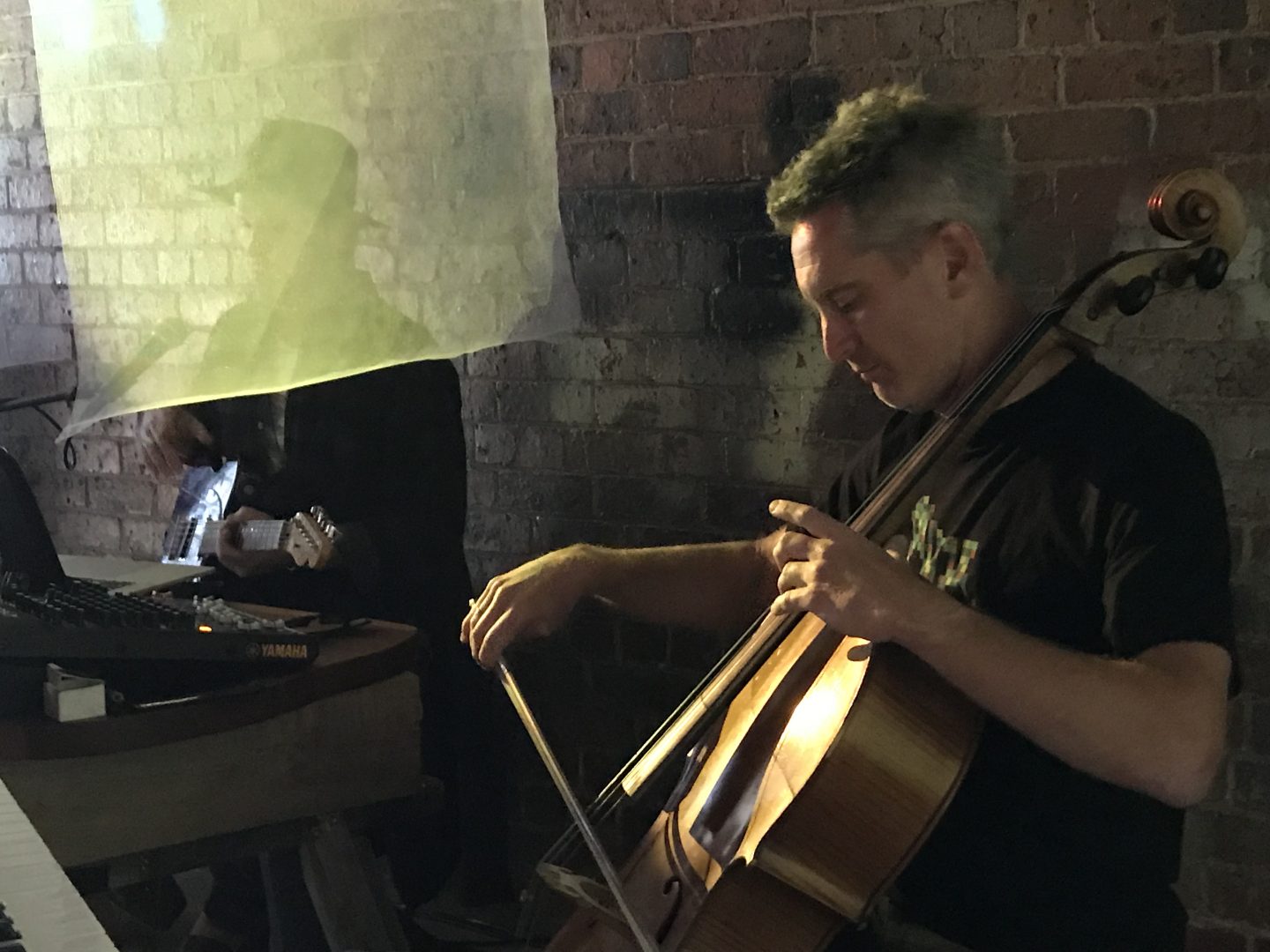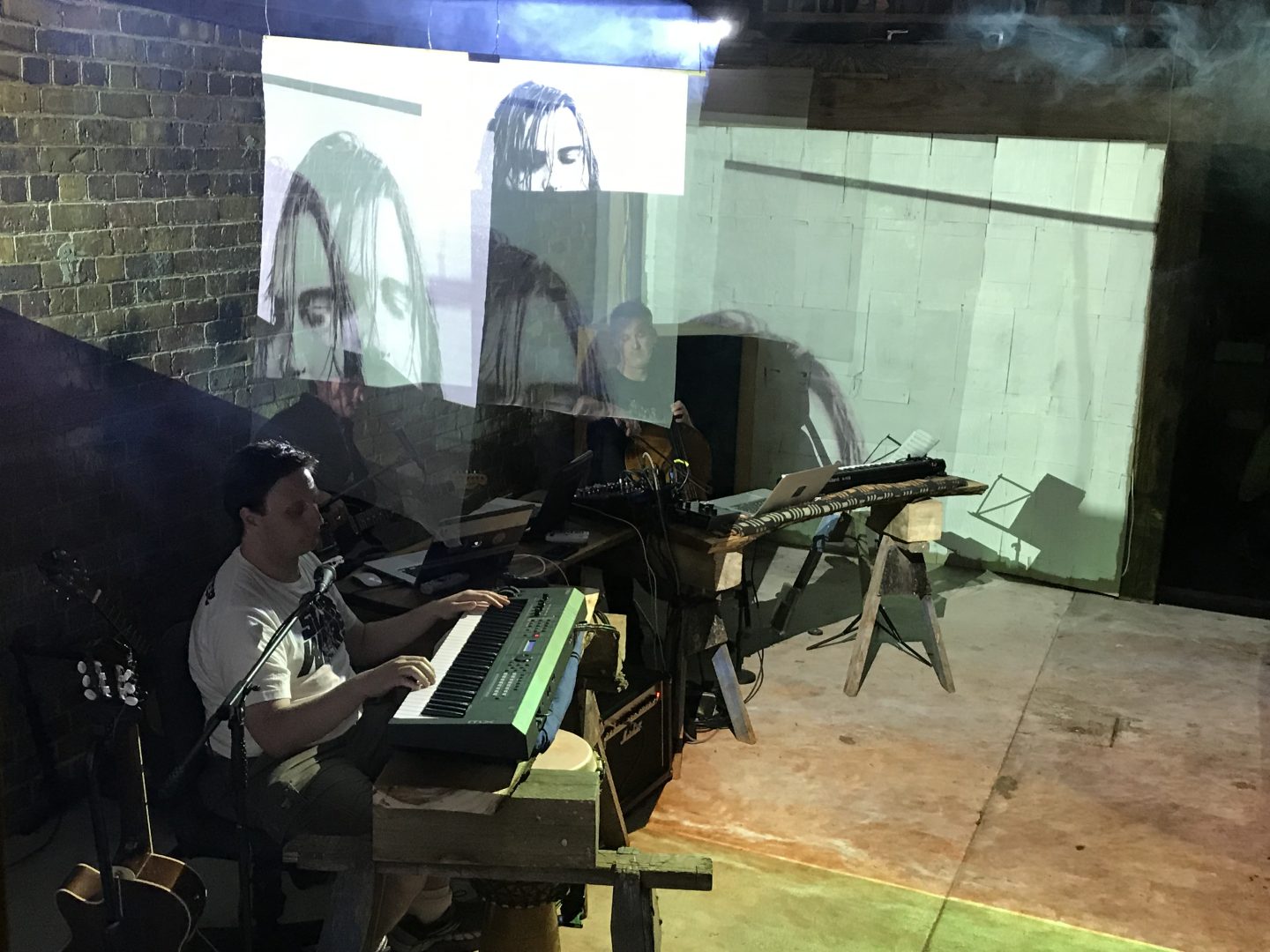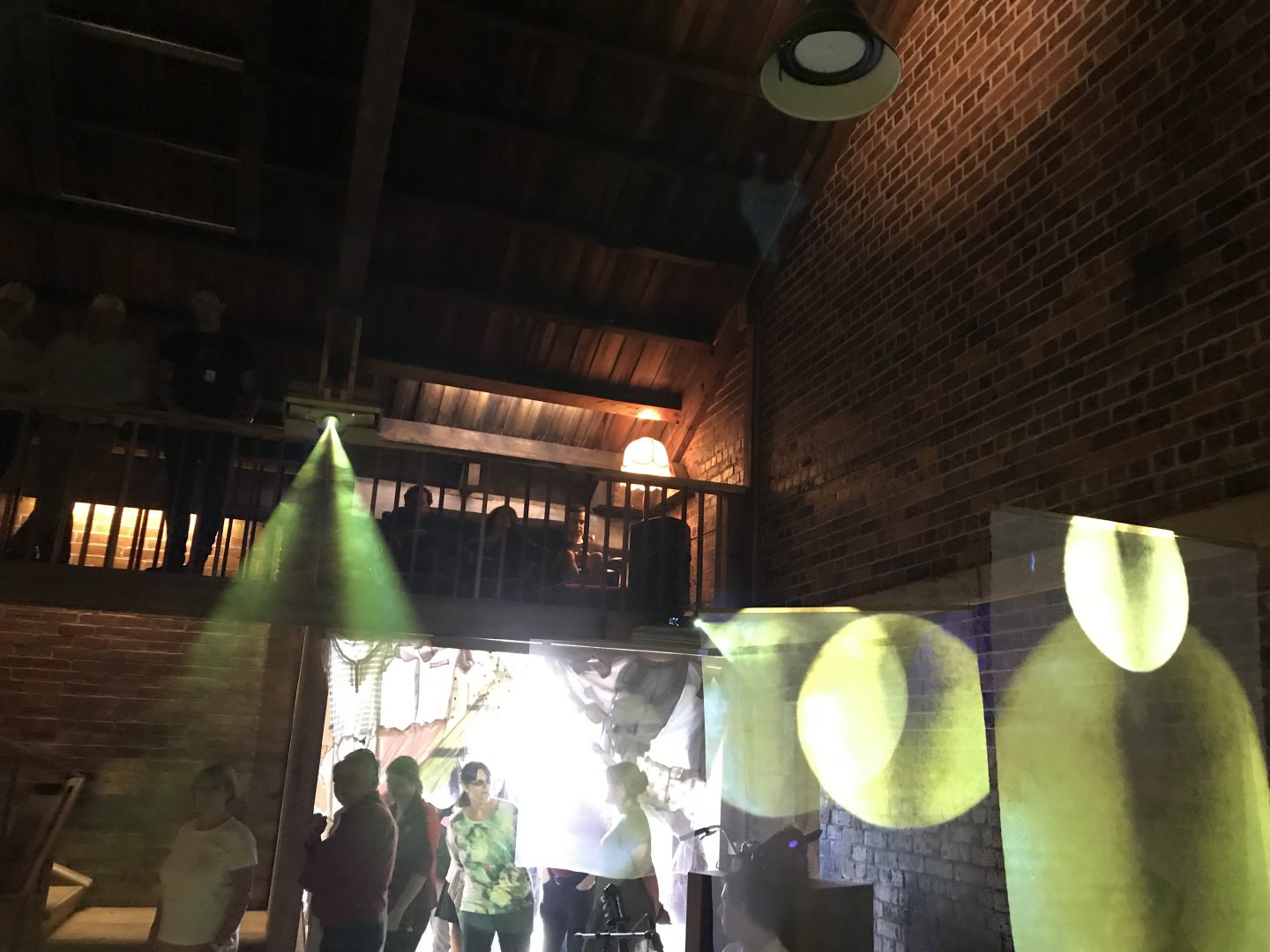Acclaimed Melbourne Artist Matt Hoy grew up in the country and found tremendous growth in the experience of being one of the artists of Acoustic Life of Sheds. His shed, "The Don" featured outsider artists supported by North West Support Services which provides disability support in the North West of Tasmania.
Meet Cellist Matt Hoy, who collaborated with a filmmaker, a trance electronica artist and a poet for Acoustic Life of Sheds. An artistic executive who has worked for Australia’s leading arts organisations, the experience for Matt was fulfilling, humbling and all about taking risks.
1. What has it been like to be an artist working on Acoustic Life of Sheds?
Incredibly fulfilling, always a journey that’s got wonderfully unexpected twists and turns. It’s a project where you come out of it with tremendous growth and also friendships. Creative friendships, but also long-lasting social friendships that have come out of the way the project comes together and the way we all work… Working out what is common between us all, what we can share with audiences, then there’s a nice kind of alchemy that comes with that, and that’s what I think the audiences see and experience.

Cellist Matt Hoy performs at Acoustic Life of Sheds. Photo: Big hART
2. Tell me about your shed “The Don”.
It’s been an opportunity to work with Big hART but also dive deeper into some of their relationships with the community, and their partnership with North West Support Services. That shed has been a coming together of myself, Paul Corfiatis who’s a fantastic musician and composer, Telen Rodwell, a very talented filmmaker, actor and musician as well as spoken word poet Jacob Rish who has also contributed to the creative canvas. To be able to come here and actually work with people of this place, on their stories and through their voices to me it’s really important.
I’m a country kid, I understand the challenges that can confront you and the opportunities that come with country life. I feel like I’m coming into a community and environment where we can all find common ground. I can hopefully help Telen and Paul continue to find their voice. This is the first time Paul has performed live as an instrumentalist. I think that process about bringing him to live audiences it needs to be done with care and respect, but it’s ultimately been an incredible, powerful, rewarding and fulfilling experience for me and I hope it’s been for him and also for Telen. Really Telen is the glue, there’s a tremendous asset there in terms of their long-term creative personal friendship. That’s been the linchpin in making this a real success.

Paul Corfiatis (Left) with Telen Rodwell and Matt Hoy. Film of Spoken Word Poet Jacob Rish was projected on the walls. Photo: Big hART
3. What has it taught you as an artist? How has it challenged you as a human being?
As an artist it’s taught and reaffirmed the value of working in a context where it’s not just about craft. You can find an offering for audiences that is not just about where you sit aesthetically, or what you think audiences need to hear, it’s really about bringing audiences into a journey or an understanding about why it is you want to offer what you do, it’s a combined expression.
I think working professionally in classical and art music circles there are very similar principles at play, but here, the essence of it is driven from a little bit deeper down. I’ve found myself playing across so many styles and working, as a cellist how I collaborate and how I contribute to trance music. How do I find a way to support Paul so that he feels like he can contribute on top of the amazing breadth of work he’s already created. That’s really fulfilling and humbling as well.
Ultimately, the process may be a little different but at the end of the day there’s still that feeling that when you’re together and performing there’s an energy and a sense of communication. It doesn’t matter where you’re from, or what background, what part of the globe that you come from, or where it all lands. That energy was really palpable and really nourishes you as an artist and helps you grow.

Audiences enter “The Don” shed. Photo: Big hART
4.What do you think is unique about Acoustic Life of Sheds?
I would put it down to the intersection of people, art and place. That confluence is more and more a driving factor around the basis of what I want to do and how I want to contribute creatively.
In the context of The Don, what’s been the success of that shed is the relationship and the generosity that has come from (shed owners) Sally and Duncan. It takes a lot of people around the performers and creatives to bring something like that to life, to enable you to approach making your art the way you want, the way you think people are going to find some satisfaction and extension in it. There’s something about the edifice of traditional concertising that can impede the way to reach audiences. With this project that’s one of the things that is completely taken away, putting people in these new contexts. People are taking risks and that’s exciting for audiences too. That’s a really powerful way to make music.
To find out more about Acoustic Life of Sheds, go to https://acousticlifeofsheds.bighart.org
